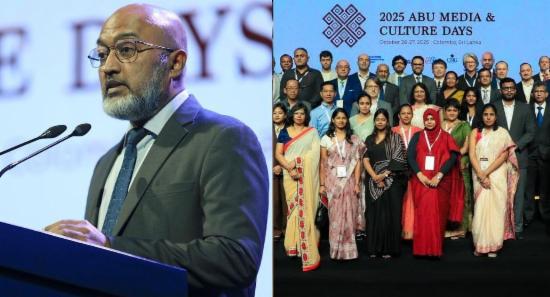.webp)

The dawn of an Asian Cold War?
Yuang wang 5, a Chinese ship used to track and support satellite and intercontinental ballistic missiles has spurred a wave of controversy in Asia lately during its approach and docking at the Hambantota harbor in Sri Lanka. The already prevailing geo-political tensions between China and India were further exposed and tightened between the 11th and 16th of August and is predicted to further heighten tensions. Despite being granted permission to dock in the port by the Sri Lanka Ministry of Foreign Affairs, Sri Lanka remains attentive to the concerns raised by India. Upon entering the Sri Lankan maritime zone on Monday the 15th of August 2022, the Yuang Wang 5 is obliged to comply with the conditions set by authorities that it’s a unique vessel identifier and that they must refrain from conducting any form of research activity in Sri Lankan territory. How has this incident further aggravated Sino-Indian tensions?
Sri Lanka, a neighbor and close economic partner of India, is also bound economically to India’s geo-political adversary, China. According to popular sentiment, Hambantota port was handed over to China because Sri Lanka was unable to pay off the loan obtained to construct the port. Due to China’s massive investments in Sri Lanka, India naturally feels threatened. India perceives China as securing a significant presence around the country, and China’s investments in Pakistan, Maldives, Bangladesh, Nepal and Sri Lanka have prompted India to deliberate if China’s motives are really to create a network of naval bases encircling India. This explains the resistance from India regarding the decision to allow the Chinese research vessel to dock in Hambantota harbor, and further explains the predicament of obligations that Sri Lanka finds/found itself in. Deemed to be a spy ship, India finds their security interests threatened now that the ship has been approved access to the port.
In the midst of its foreign policy quandary, Sri Lanka is also at the pinnacle of an economic crisis. The crisis increased its external debt accumulation especially from Asia’s geo-political hegemons, China and India. In addition to China’s un-estimated loans for Sri Lanka’s infrastructure development, within 2022 alone, India has extended loans amounting to USD 3.8 billion. Moreover, now bankrupt, Sri Lanka has approached the IMF in hopes of securing an Extended Fund Facility to pump the Central Bank with recovery aid. As a conditionality, the
IMF requires Sri Lanka to restructure its debt and this entails requesting a moratorium on its payments from China and India. Appeasing Sri Lanka’s external lenders is pivotal at this point. Consequentially, Sri Lanka’s vulnerability makes it a pawn in the geo-political chess game played in Asia and through Asia by China and India.
There’s a sort of cold war that’s spawning between India and China. India is now a part of the Western alliance. The world is being split in two much like it was in the 20th century during the intense power skirmish between the USA and the USSR. Today, India is working with the US, Europe, Japan, South Korea and Russia, China, Iran and Pakistan land on the other side. India is at the forefront of America’s strategy to counter Chinese power and influence.
The escalating Sino-Indian tensions that we witness this month has its roots in the 20th century and was prompted by border disputes. Similarly, their chronically protracted relations further tightened in May 2020 when Beijing’s military forces infiltrated Ladakh and began to occupy the Line of Actual Control (LAC)- a zone of high dispute between China, India and Pakistan. This incursion has prompted both to deploy approximately 60,000 troops each at the border. Subsequent to this invasion, Sino-Indian relations have been damaged and India has even precluded their membership in the Belt and Road initiative.
Other Articles
Featured News





.png )
-819380_550x300.jpg)


-812087_550x300.jpg)
-810262_550x300.jpg)
-809496_550x300.jpg)




















.gif)